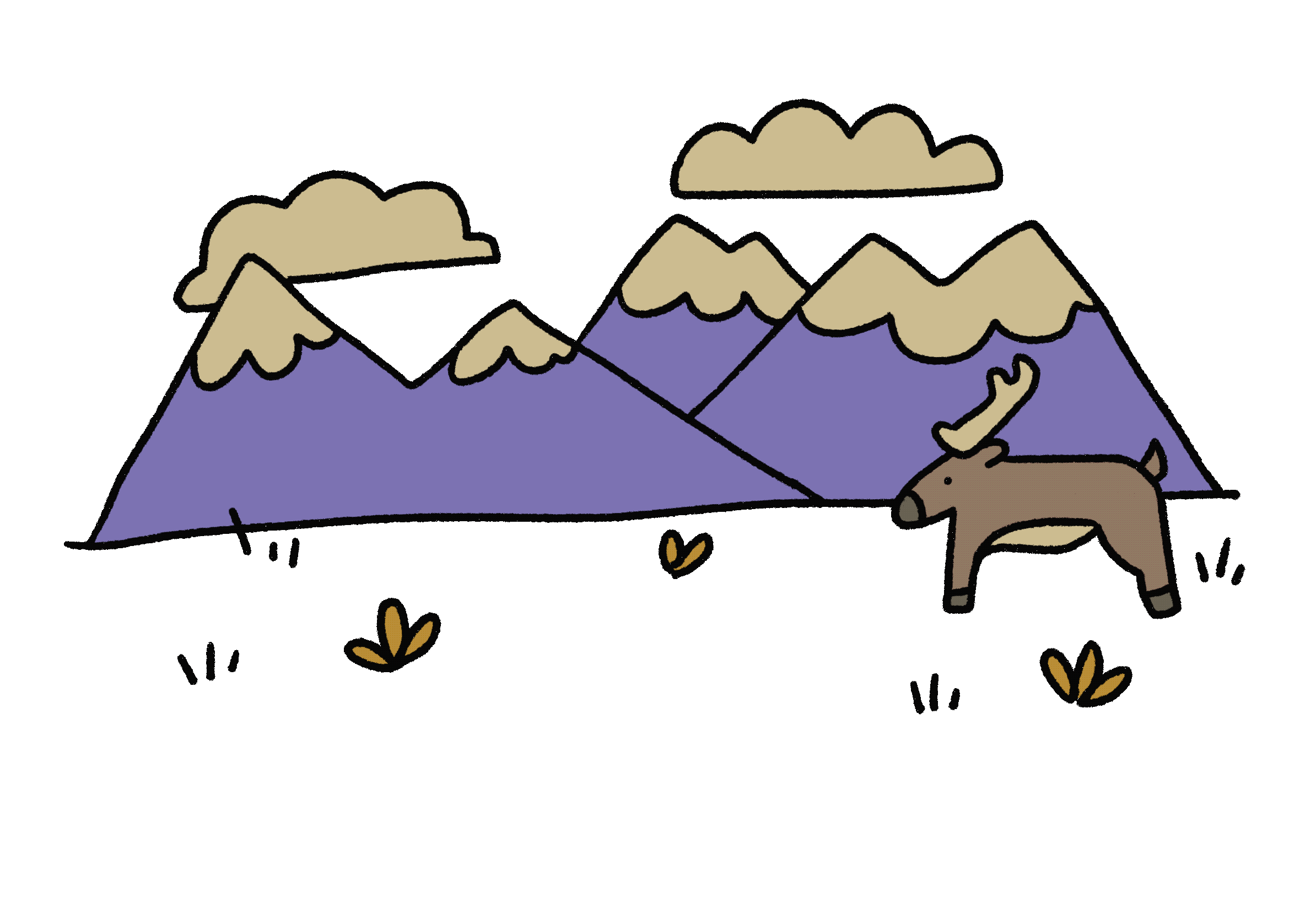May 2024 - Alyssa Petit
Both Sides of the Ambler Road Project
From the perspectives of the economist and the ecologist.
It wasn’t until chartering over the Brooks Range that I finally understood what people meant when they say Alaska is wild. Between the shark-tooth mountain tops and shockingly blue rivers, my mind reeled while trying to comprehend the unequivocal truth that those travel photos on postcards and calendars did their best to encapsulate.
Living in Alaska, we have the humbling opportunity to experience the last frontier. We have found solace amongst the most diverse landscape, surrounded by rainforests and tundra and glaciers, populated with some of the greatest and most powerful animals in the world. It’s easy to take this land for granted, having running water and cell service just hours from the most untouched ecosystems in the world. Yet we are faced with our smallness when national parks such as Gates of the Arctic, just 200 miles north of Fairbanks, are only accessible by plane or foot, existing solely by its symbiotic relationship to the wildlife and native communities that inhabit the land. Where some see requisite beauty, others see potential.
To figure out if someone is economy or ecology-minded, just ask them what they think of our road systems. Where the ecologist sees unscathed nature, the economist sees untapped possibility. Where the economist sees wildlife sanctuary, the economist sees employment opportunities. Where the ecologist sees a road to ruin, the economist sees a road to opportunity. This stands true – in the most literal sense – when it comes to the Ambler Road project.
In brief, what is the Ambler Road Project?
In 2016, Alaska Industrial Development and Export Authority (AIDEA) proposed to construct a 211 mile road spanning from the Dalton Highway to the Ambler Mining District. This proposed road would allow exclusive access for transportation of mined ore and development of mining production. In 2020, the Trump administration okayed the road project, only to be soon challenged by the court – who called for reanalysis of the greater effects and potential damages of creating this road. This year, a decision is to be made as to whether or not the project will commence, an alternative route proposed, or if production will be stopped altogether, following the completion and evaluation of the Supplement Environmental Impact Statement (EIS).
The Economist Perspective
The agenda of an economist begins with identifying resources and concludes with maximizing its production or output. The resources in the case of the Ambler road are copper, cobalt, and zinc – which are used in the transition from coal, oil, and gas to clean energy initiatives. When considering the financial benefits, the road would cost $350 million and 4-6 years to construct, yielding approximately $7.5 billion in copper alone. Beyond profit, there would also create job opportunities, not only for those working on the road, but for those working for the mines over the next fifty years. These initiatives alone will create not only an economic advantage in Alaska, but will encourage further development of chaste land.
The Ecologist Perspective
Where the economist sees profit and development, the ecologist sees harm and irreversible damage. The road, facilitating four large-scale mines, would be constructed through indigenous subsistence communities and over 3,000 stream crossings, each crossing a potential for habitat damage and pollution. Not only would it affect fish migration in critical spawning areas, but is detrimental to the 4,000 acres of caribou habitat. There is also evidence to suggest it will quicken the thaw of permafrost. Ultimately, the irremediable damage of this land, home to vital animal populations and communities of people who rely on those animals, doesn’t seem worth the fifty years of potential profit yield. Not to mention that what can be currently revered as economic growth, will have the potential to outwardly spiral into more roads, mining, and colonizing of sacred lands.
The Ambler Road project is a marquee event in our state history, being one of the most substantial human developments of the frontier. While I can respect the prudence of the economist's effort for self-preservation through industry, I think back to my flight, looking down at the Brooks Range in its endless majesty. To say ‘there is nothing else like it’ will soon turn into ‘there is nothing.’ I am not okay with that.
